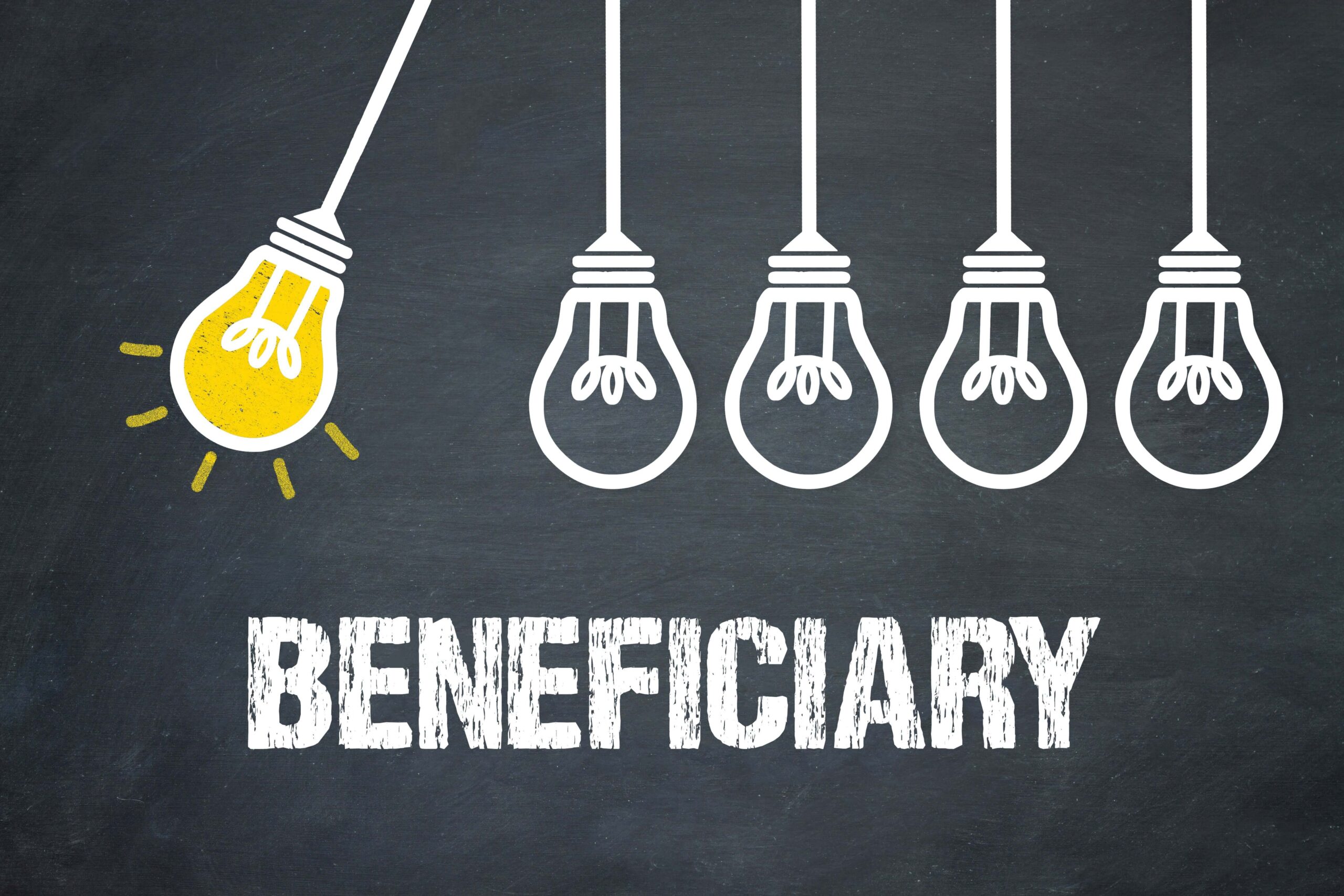
Life insurance is an investment that should be accessible to you over the time you’re investing in it. For this reason, one question you should ask your insurance provider must be about your life insurance policy’s liquidity.
Liquidity guarantees that you will meet little to no resistance when you try to access the money in your policy. In simpler terms, liquidity is your ability to get your money back. However, there’s much more to unpack when discussing a life insurance policy.
Read on to learn more about liquidity and why this matters in your life insurance policy.
What is Liquidity in Life Insurance Policy Terms?
The liquidity of a life insurance policy allows you to access the money you have paid as premiums. With liquidity, you may withdraw the funds in your insurance policy for situations when you need cash.
Liquidity is different for every life insurance policy. Some will have high liquidity, allowing you “surrender” your policy hassle-free. On the other hand, other life insurance policies require clearing periods and added documentation for you to get your money back.
In summary, liquidity in a life insurance policy allows you to withdraw your money fast. And in turn, how easily you can get your funds from your life insurance is a measure of your life insurance policy’s liquidity.

The Advantages of Getting Life Insurance with Liquidity
Not every life insurance policy will have high liquidity. For this reason, you must choose a life insurance provider whose insurance offerings suit your financial needs.
While your needs will differ from the next policyholder, you will want a life insurance policy that offers liquidity. Here are the benefits of choosing life insurance that guarantees liquidity for you or your beneficiaries:
Quick and Easy Access to Money
Your life insurance policy is your investment. Like with any other investment, you should be able to get back the money you’ve put in. Liquidity allows you to do this whenever you need money the most.
A high-liquidity life insurance policy will enable you to withdraw your money quickly. Your policy’s liquidity can come in handy for emergencies like getting medical treatment or paying off an outstanding loan.
Getting Money without Needing to Pay It Back
Policyholders can access money from their life insurance providers via a loan. A loan allows policyholders to borrow money from their life insurance. Because policy owners are taking out loans, they must pay the insurance company back with interest. The payment goes back to the life insurance fund and the insurance company.
With a high-liquidity life insurance policy, you can withdraw money without needing to pay it back. But, of course, be aware that you might forfeit your life insurance coverage if you take out the entire amount.
Your Beneficiaries Have Easy Access to Your Life Insurance
Your beneficiaries don’t need to wait for the result of probate to receive the money in your life insurance policy. The liquidity of your life insurance allows your beneficiaries to receive the death benefit immediately.

Considering Life Insurance? Give Us a Call
In summary, liquidity in life insurance means you can withdraw your money anytime. The higher the liquidity of your policy, the easier you can access your money.
The easy access provided by your policy’s liquidity allows you to take out money for emergencies. In addition, despite being an asset, your life insurance benefits aren’t taxable.
That’s all there is to know about liquidity and life insurance. Of course, we understand that you may have more questions about investments and insurance. If you are interested in life insurance, look no further. We have the resources available for you, like our agency builder program, to get started in the industry. Get in touch with us here at ALIA today for all things investment and insurance-related.
FAQs
Below are some of the most commonly asked questions about life insurance and its liquidity:
Are All Types of Life Insurance “Liquid?”
Not all types of life insurance have liquidity. For example, non-liquid life insurance policies include term life insurance.
Term life insurance provides you with death benefits. These benefits are payable to your beneficiaries upon your passing and following a probate process. However, term life insurance funds don’t go into an investment. As a result, this form of life insurance has no cash value — something necessary for any asset to have liquidity.
By comparison, permanent life insurance has a cash value. The cash value accrues the longer you pay towards the policy. Because of its cash value, only permanent life insurance has liquidity.
What Kind of Asset is Life Insurance?
The asset type your life insurance policy falls under depends on what kind of policy you have. As mentioned earlier, term life insurance has no cash value. In a word, it’s “purely” an insurance policy and not an asset.
If you have permanent or whole life insurance, it’s a different story. Your permanent life insurance accrues a cash value that makes it liquid. As a liquid asset, your permanent life insurance is a current asset.
Is My Life Insurance Taxable?
Death benefits from life or term insurance do not fall under the IRS’s definition of “gross income.” For this reason, there’s no need for your beneficiaries to report any death benefits from your life insurance — whether it accrues cash value or not.
